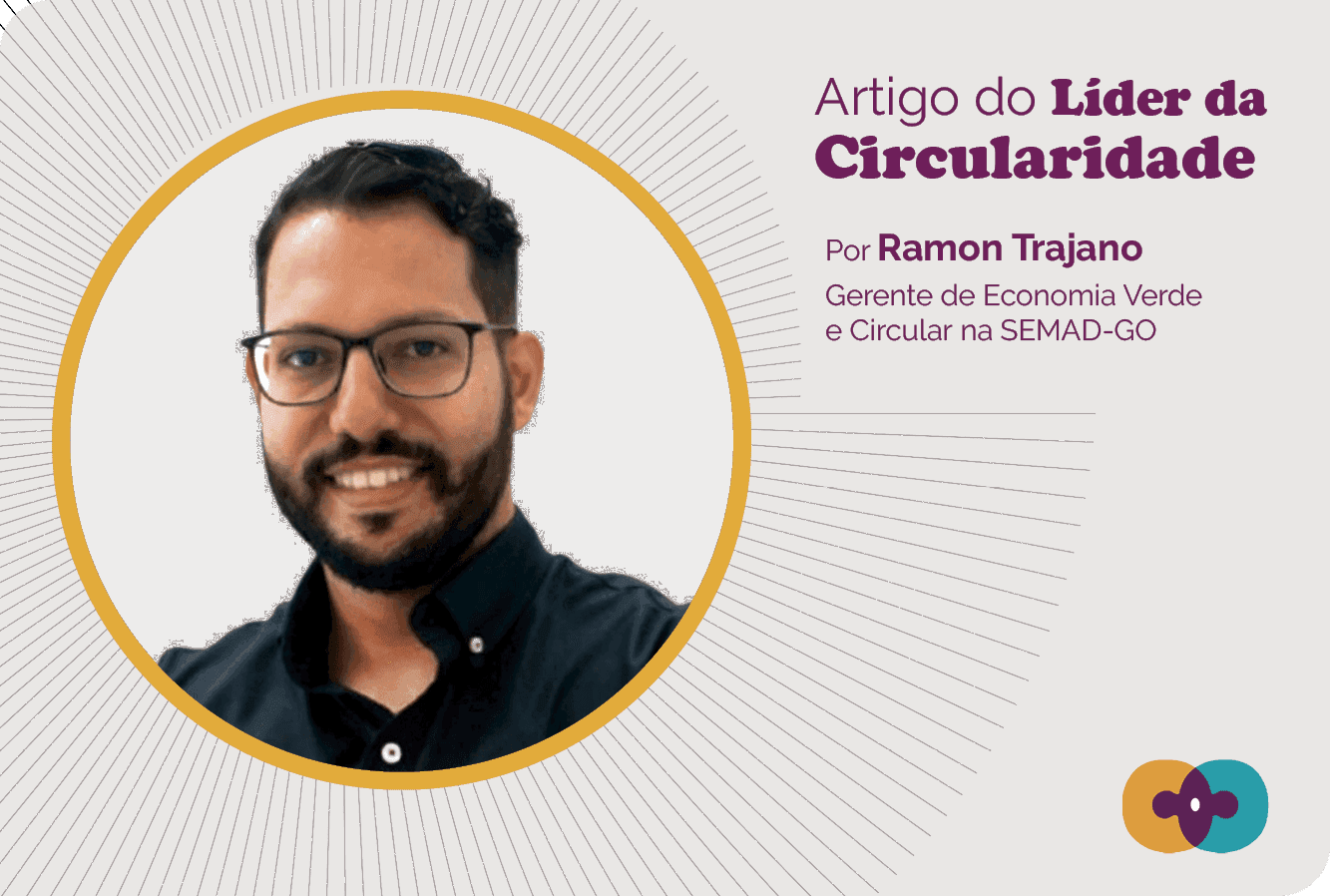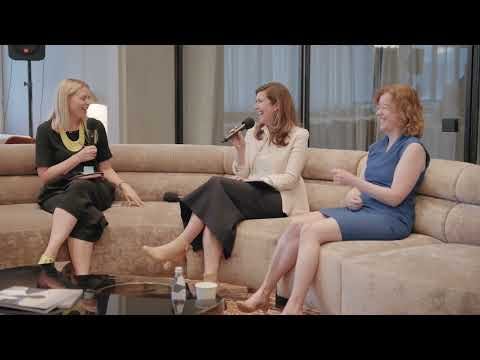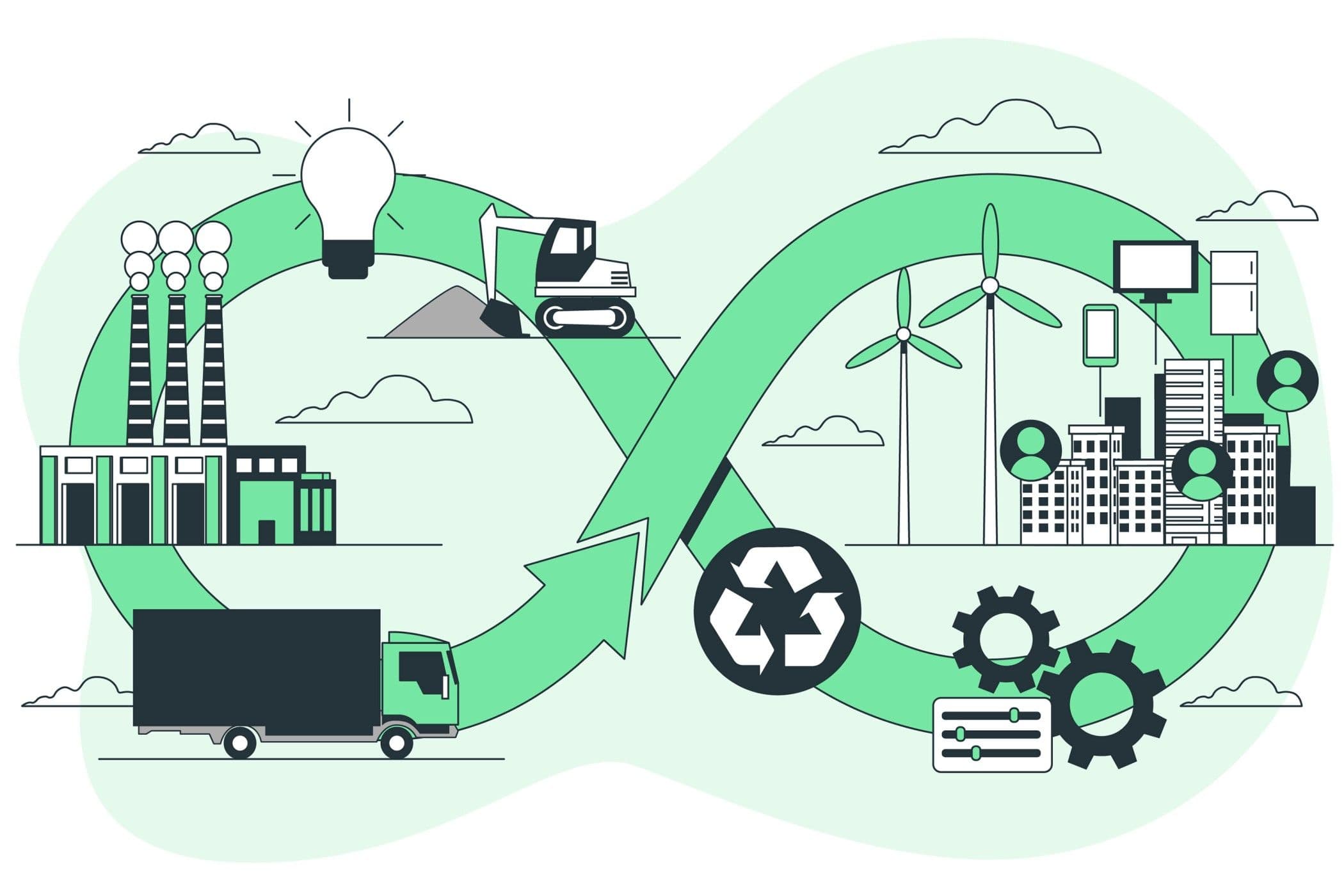
12/06/2025
Beyond recycling: examples of the diversity of actions in the Circular Economy
*Flávio de Miranda Ribeiro, Ambassador of the Circular Movement
Although the Circular Economy is increasingly gaining space in the “hearts and minds” of people, companies, and governments, in practice, actions often remain limited to the recycling of generated waste.
While recycling is indeed important—especially for its potential in the socio-productive inclusion of waste pickers—it is not the only solution. In fact, as I often tell my students, in the circular economy, recycling is “what we do when nothing else worked.” In other words, when we were not able to prevent something from becoming waste—either through design or business model—or when we couldn’t recover its value through reuse or repair, we resort to recycling to capture the material value. For many companies, it is still the “entry point” into the circular economy.
But we need to go further. To help develop this broader vision, I’d like to illustrate the diversity of circular economy possibilities using some real-world cases—based on the “7 R’s of the Circular Economy” promoted by the Circular Movement.
Regenerate
When environmental impacts and degradation are already present, regeneration allows for the conservation and recovery of environments and their ecosystem services.
A very interesting case is assisted pollination, with the reintroduction of native bees in agricultural crops. This practice simultaneously promotes biodiversity and increases productivity, even replacing the use of chemical products.
One company working in this field is Agrobee, which connects rural producers and beekeepers through an app powered by artificial intelligence that manages both farms and hives, generating income and sustainability.
The effects include increased productivity (12% for soybeans, 17% for coffee, 40% for avocados, etc.) as well as enhanced local biodiversity—since the bees stay in the crops only part of the time (20 days in the case of coffee), and the rest of the time pollinate the surrounding vegetation, helping to regenerate ecosystems.
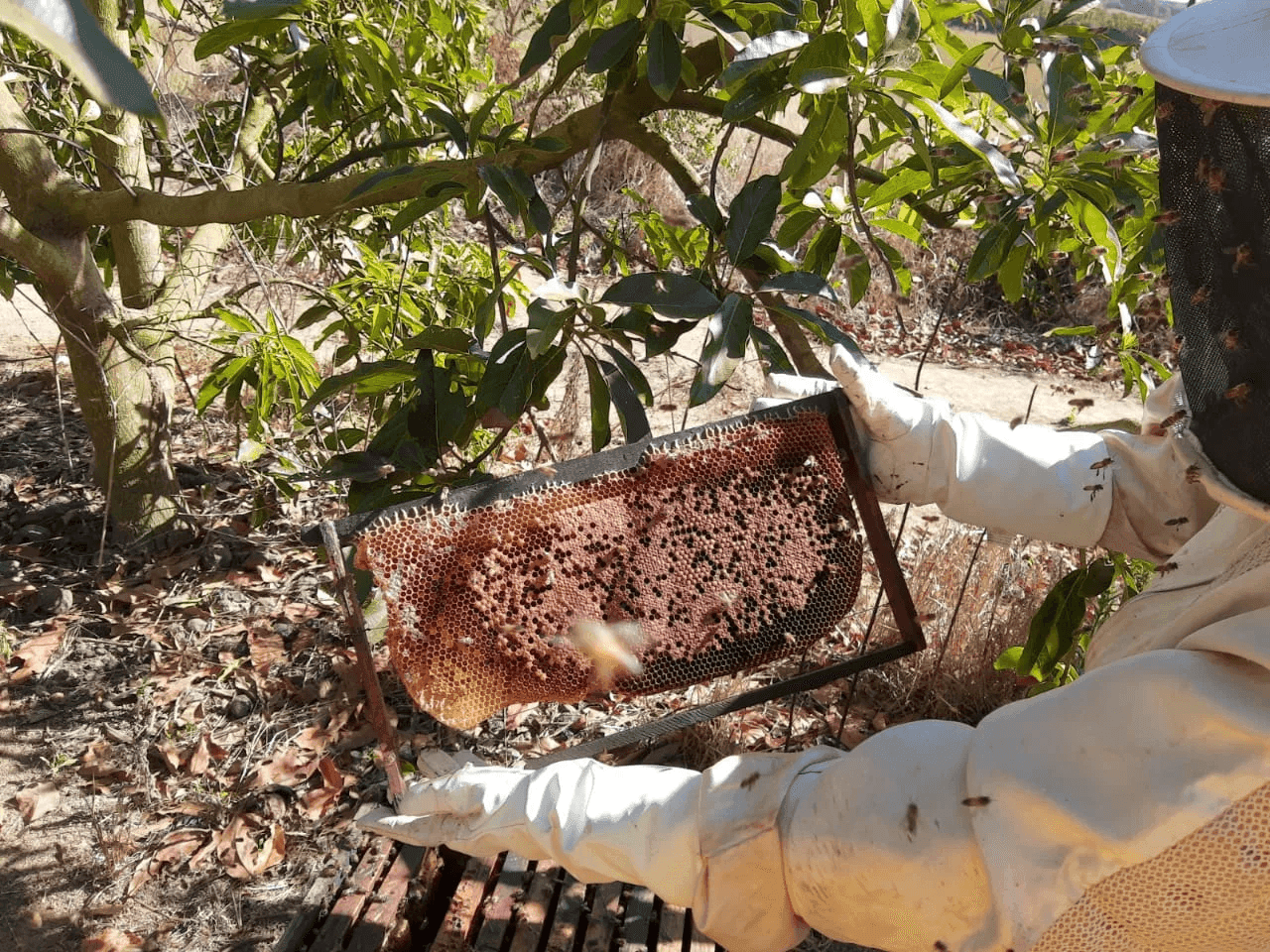
Recycle
Even though we aim to go beyond, we cannot fail to mention recycling. And while this practice is well known, for some materials there are still many challenges—such as flexible packaging and multi-layered packaging. Imagine, then, when these two characteristics are combined—how many challenges recycling faces!
To create a more circular alternative for these cases, two important partners of the Circular Movement joined forces—Dow and Valgroup—developing flexible packaging designed for circularity.
Thus was born ONE!, a flexible monomaterial package made 100% of polyethylene (PE), designed for demanding markets such as coffee. In this case, besides creating an effective barrier to protect the product from moisture and oxygen, the design facilitates the mechanical recycling of PE, allowing the material to be converted into new products or non-food packaging. The packaging also features a zipper (front or top) that allows for hermetic sealing to preserve the product's quality.
Repair
This means adopting repair practices to extend the useful life of products, rather than discarding them and buying new ones. It is an attempt to retain value, reversing the "planned obsolescence" according to which “it is cheaper to buy a new one than to repair.”
An example of a company changing this logic in an innovative segment is Energy Source, dedicated to repairing lithium-ion batteries (found in cell phones, laptops, and electric vehicles).
The company receives batteries and repairs them so they can return to the market for a second life cycle—or when this is not possible, they are recycled. To date, the company has repaired over 14 tons of batteries, recovering 10 MWh of energy and recycling over 800 tons of batteries.
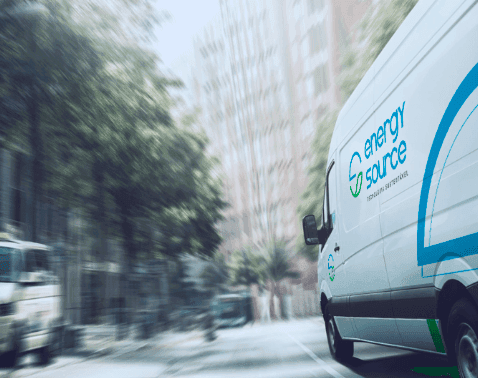
Reuse
This proposes keeping something in use cycles, either with the same user (such as refillable packaging) or with different users (such as returnable bottles).
Several companies have adopted reusable packaging solutions, but I want to highlight a different case of a less obvious product: baby diapers, by the company Fraldas do Sul.
The company produces ecological, reusable diapers that drastically reduce the disposal of this waste in landfills and dumps. It is estimated that a baby may use up to 7,000 diapers, which can be replaced by 24 units of the new product. In addition to the environmental benefit and cost reduction, the company also reuses its own production waste.
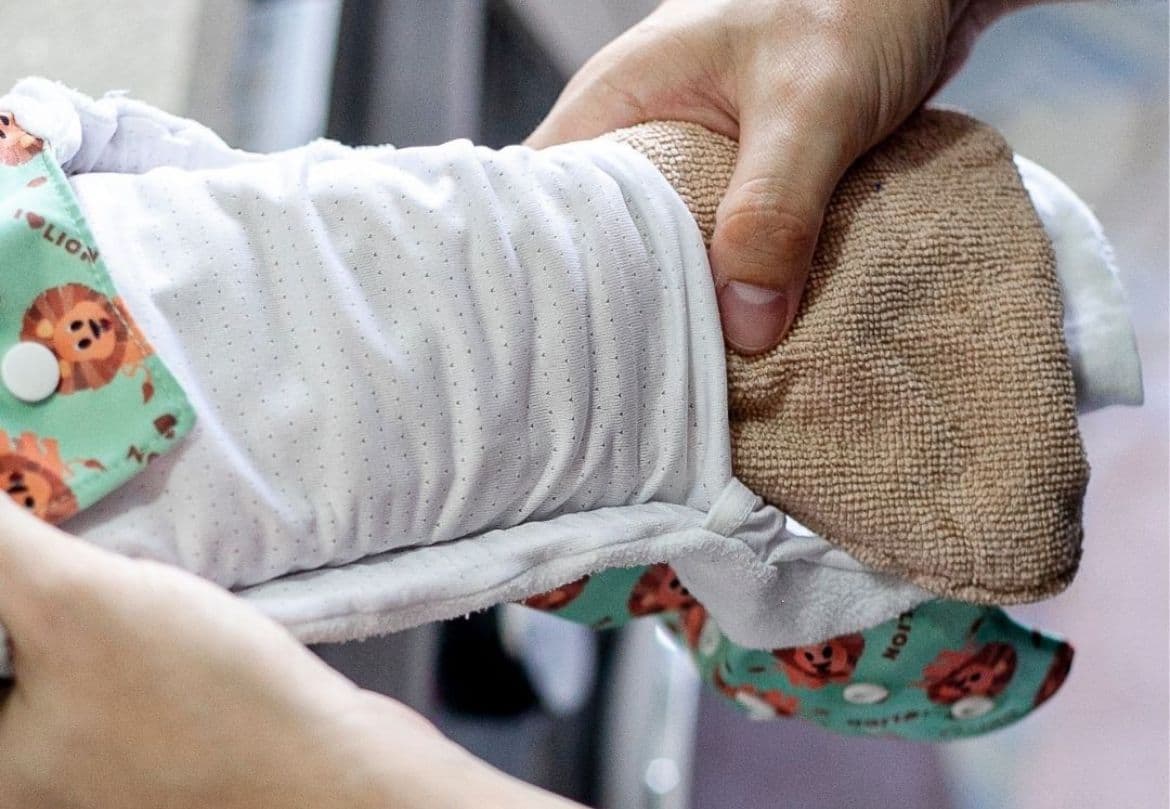
Reduce
This aims to reduce resource consumption to meet people's needs, through product design or more efficient business models.
A large company investing in this strategy is Electrolux—with its Ecoplus program. This program is based on the realization that 85% of the environmental life cycle impacts of an appliance occur during its use phase.
Thus, it developed products designed for a radical reduction in consumption—up to 80% in energy for air conditioners, 47% for refrigerators, and 30% for minibars, and up to 90% in water for dishwashers, for example. In 2024, the 71 products in this line accounted for 11% of units sold and 26% of the company's revenue, while also contributing to changing customer behavior.

Rethink
This proposes adopting new production and consumption models, especially extending product life or questioning ownership, such as through sharing.
An interesting case is the Tudo Bonus platform, a marketplace for reusable and remanufactured products, which offers bonuses to people who return used products via its reverse logistics channel.
These products are collected, and after sorting, go through a process that includes disassembly, part replacement, testing, and reassembly, and are finally sold at prices between 30% and 50% lower than new items. The results include savings of 3,200 tons of raw materials and a 70% reduction in carbon footprint compared to new appliances.

Refuse
This means avoiding the purchase of unnecessary products and, therefore, there is no corporate case—since this is a change in attitude and consumption habits that depends on each person and their values.
An example would be someone deciding to wear the same clothes longer, avoiding buying new items. But this attitude does not come alone; it results from building strong personal sustainability values, usually through a transformative environmental education process.
Thus, perhaps the example here is the Circular Movement itself, which, among other missions, seeks to strengthen the connection between people, companies, organizations, and public authorities to build a more circular society.
These were just a few examples to put some of the main Rs of the Circular Economy into action, and we know that much more can and should be done. But the most important thing is not to classify actions but to understand the diversity of possibilities available to each person, company, or government to continuously advance their own circular journey, always improving so that together we can promote the transition to a Circular Economy.
*This text was automatically translated using artificial intelligence and subsequently reviewed. However, minor differences may still exist when compared to the original version in Portuguese.

*Prof. Dr. Flávio Ribeiro
Ambassador of the Circular Movement. He is a consultant and professor in Circular Economy, Reverse Logistics, and Corporate Environmental Regulation. A Mechanical Engineer, he is also a specialist in Environmental Management and Technologies and in the Multidisciplinary Analysis of the State of the World. He holds a Master’s degree in Energy and a PhD in Environmental Sciences. Circular Economy Advisor to the UN Global Compact. Professor in the postgraduate program in International Environmental Law at the Catholic University of Santos, at FIA Business School, and at Trevisan Business School.
